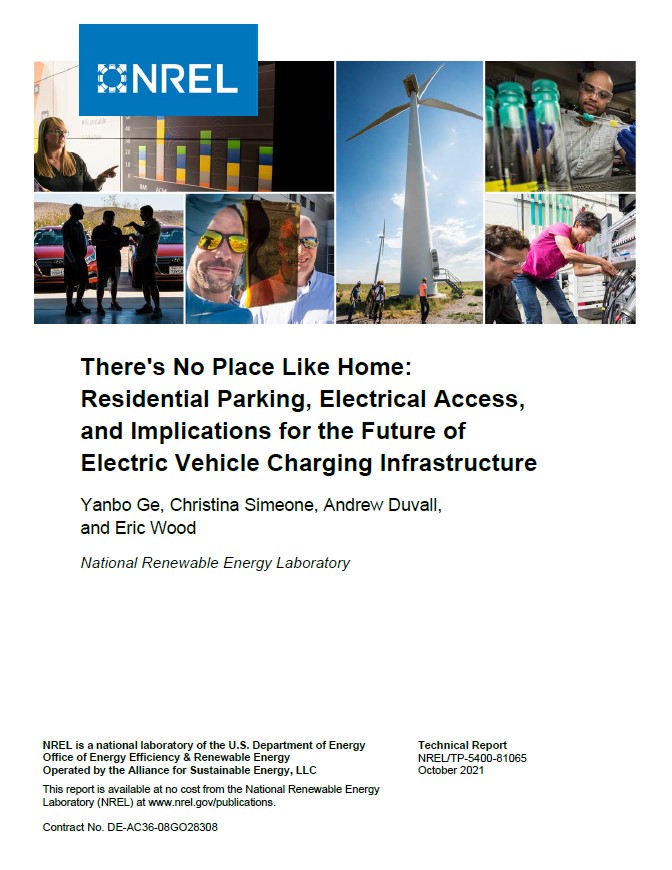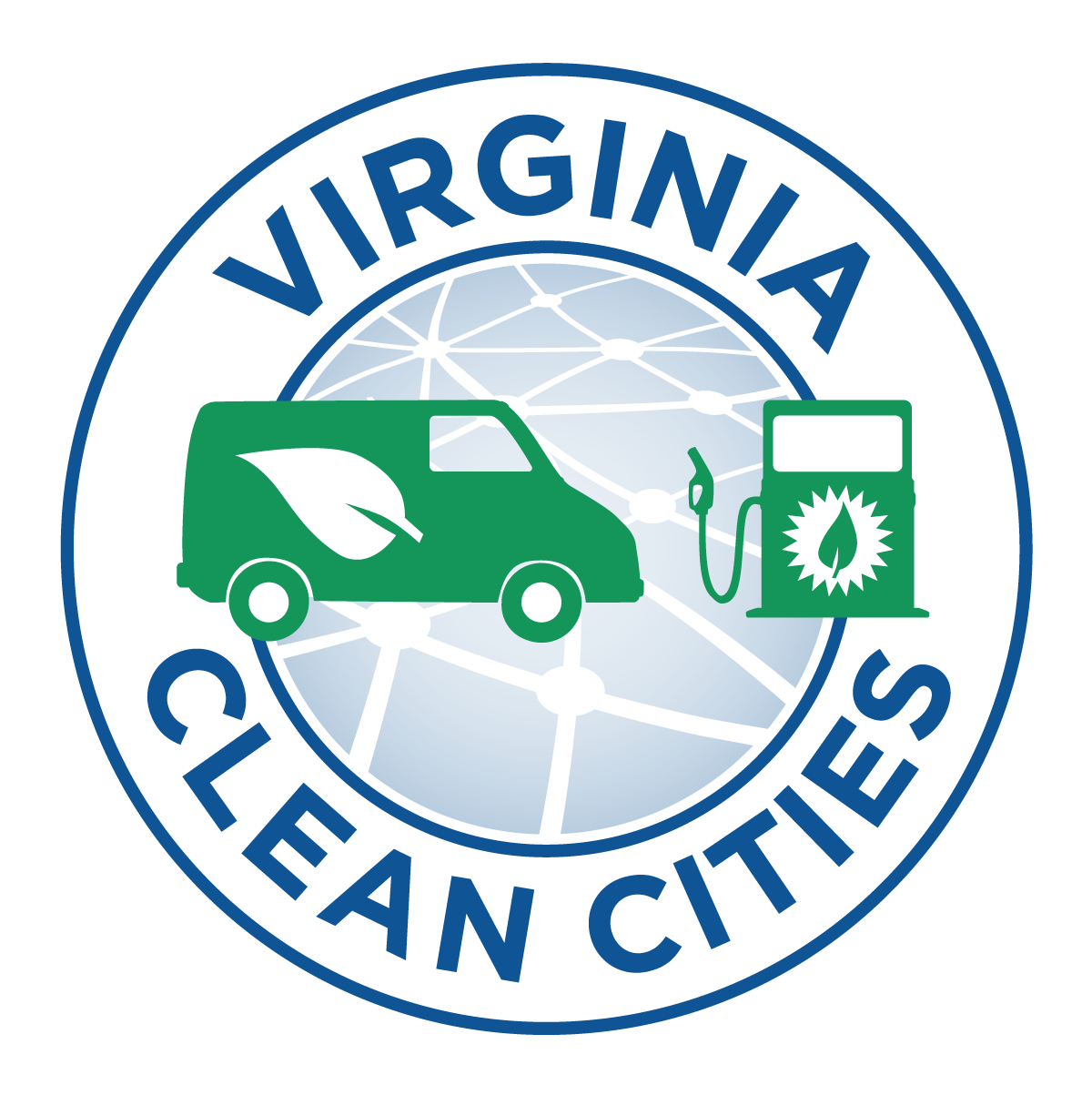
Residential charging is a large incentive to many Electric Vehicle (EV) owners. Charging at home is convenient and less expensive than charging at retail stations, but what is residential home-charging access like in the United States? This is exactly what researchers at the National Renewable Energy Laboratory set out to find in their October 2021 report, There’s No Place Like Home: Residential Parking, Electrical Access, and Implications for the Future of Electric Vehicle Charging Infrastructure.
In this report, the authors created a nationally distributed survey and used the results to outline five charging access scenarios that assess levels of available home charging in the United States. These scenarios range from Discounted Existing Electrical Access to Enhanced Electrical Access with Parking Behavior motivation. The Discounted Existing Electrical Access scenario identified accessible residential charging where individuals have identified parking spaces that they believe have access to sufficient electrical service. The Enhanced Electrical Access with Parking Behavior Motivation scenario considers residential charing available if the respondent’s vehicle could be moved to a parking space where they believe that electrical access can be installed. This survey, in addition to the availability of EV charging, also took housing types and a number of demographic factors into account to assess how these factors play a role in charging access and EV adoption.
According to their assessment, they found that 33% of light-duty electric vehicles in the United States are able to park residential close to electrical access.
As EV adoption increases, residential parking access will change. At the time of this report, single family homes dominate the housing type for EV owners and have the highest rates of residential charging access, but this access is still not a given with this housing type. As EV access expands, the housing types of EV owners will diversify. As housing types diversify, residential charging access among EV owners will decrease. Among these housing types, multi-unit dwellings will present the greatest challenges for residential charging access. However, there is hope for residential access to expand for new and existing EV drivers as many opportunities to improve charging access among all housing types exist.
